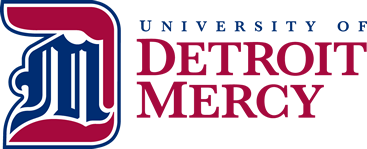

This is a good place to start. Databases search for your search terms in specific search fields of the reference record (e.g. title, abstract, author supplied keywords, journal title, etc.)
Determine alternative terms, names, or synonyms for these concepts, as needed


CINAHL - use the drop menu and select the Title option

PubMed - pair the search term (xxxx) with the tag in the search box (no space between)

or go into PubMed Advanced Search and select either Title or Title/Abstract from the drop menu. After selecting, then choose the ADD button to place the search terms into the query box.





Place phrases in Quotations Marks
Caveat:

Proximity searching allows for searching for two or more terms within a certain number of words of each other.
The proximity operators are composed of a letter (N or W) and a number (to specify the number of words). The number cannot exceed 255.
The proximity operator is placed between the words that are to be searched
e.g. insurance N3 reimbursement will find:
insurance reimbursement
insurance for reimbursement
reimbursement practices of insurance companies
insurance approval and reimbursement
COVID related protocols
will not find protocols for Covid
COVID related protocols
will not find protocols for Covid
Here are some tips to find more results: